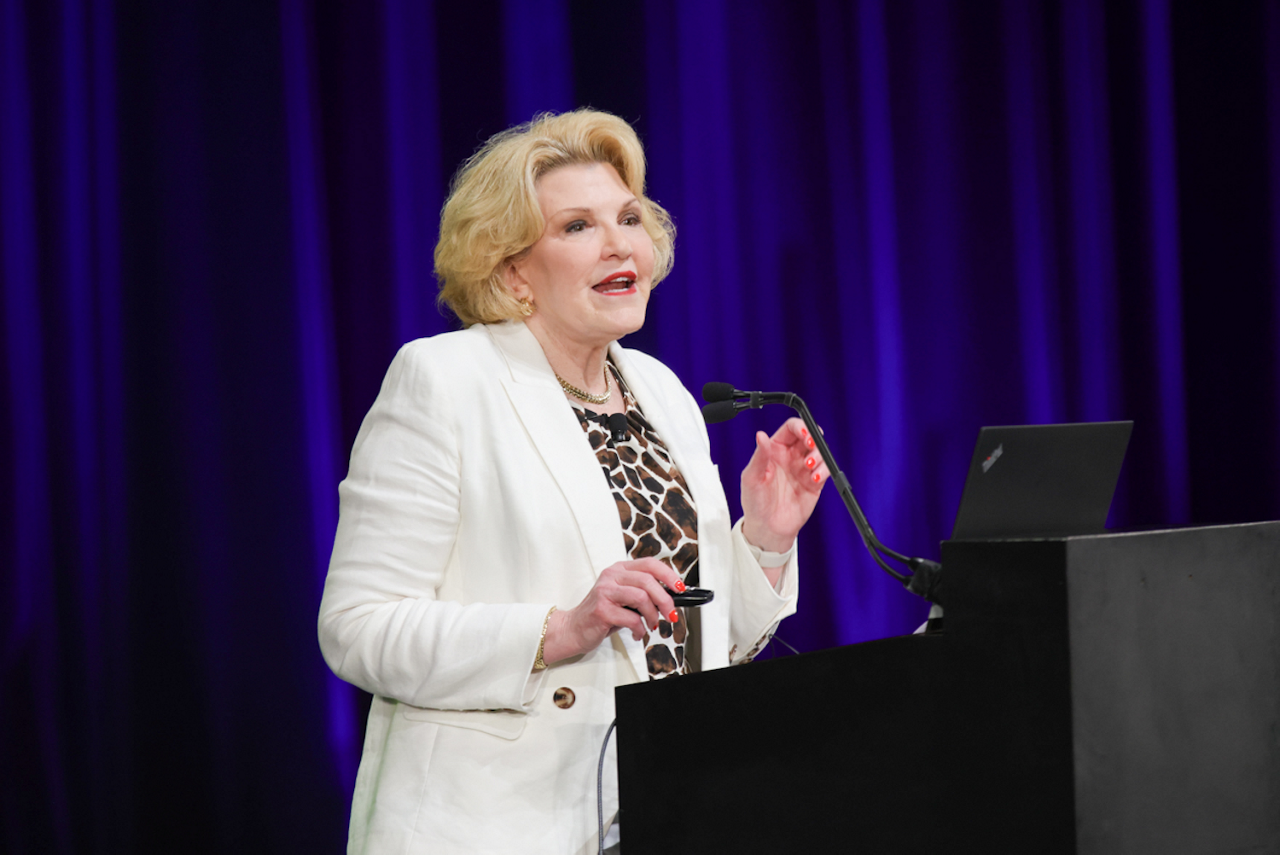Human Resources, as we know and experience it, encompasses multiple roles and responsibilities. Still, one of the most salient objectives of the HR profession is to handle interpersonal relationships and connections with expertise and empathy. Sometimes, team members can act in a difficult manner due to unresolved tensions, which can undermine morale, stall productivity, and erode trust. HR professionals must take a methodical approach to transform organizational friction into growth opportunities. This article outlines a clear identification, analysis, intervention, and follow-up process to address challenging interactions with confidence and empathy. Knowing how to deal with difficult people is key to creating a culture of accountability and collaboration.
How to Deal with Difficult People at Work
During difficult situations and conflicts, HR professionals can refer to the guide below to understand how to deal effectively with challenging individuals. These conflict resolution strategies will help maintain harmony and the organization move towards growth and sustainability.
Recognize and define challenging behavior: A key part of understanding how to deal with difficult people is recognizing and describing the specific behavior they exhibit. As an HR professional, you might be called upon to talk about the behavior of an employee, and you should begin by watching and documenting specific actions and patterns that might qualify as difficult. A few signs you might look for could be the employee's behavior towards their colleagues, if they resist change, or if they are consistently missing deadlines. Record the dates, times, and contexts for a clear and precise conversation to avoid misunderstandings while being cognizant of distinguishing between isolated incidents and ongoing issues. You can set a constructive dialogue by framing the behavior in neutral and factual language.
Determine the reason and assess the impact: Employees often act difficult due to unmet needs or unaddressed stressors. Before you start the conversation, make time to understand the underlying factors, and you might discover work overload, unclear expectations, personal challenges, or misalignment with team values. You must listen actively, ask open‑ended questions, and validate their perspective. Understanding motivations builds rapport and reveals whether coaching, role adjustments, or other support is required. However, whatever the reason, an individual’s behavior might affect individuals, teams, and business outcomes. If the individual’s behavior sparks conflict during meetings and hinders project delivery, and there have been complaints from peers, then collect inputs from supervisors and colleagues while maintaining confidentiality. Once you have quantifiable data regarding the uncalled behavior, you can prepare to communicate with a clear picture of the operational and cultural impact, and you’re better positioned to decide how to deal with difficult people who may not realize their actions are affecting others.
Maintain clarity in expectations and provide targeted support: after identifying the issues and their reasons, plan for the desired changes and outcomes, and translate general concerns into specific and measurable goals. Consider offering workshops focused on communication or conflict resolution strategies to equip employees with tools for better collaboration. You can start the path to a better performance by making a concise performance plan and documenting the expectations while setting realistic deadlines and deliverables. Documentation will help you track their progress and demonstrate your commitment to their success. Provide the employee with adequate resources to help them meet the expectations of the desired outcome. You can offer coaching sessions, training programs, or mentoring partnerships to help them. For instance, if communication skills are the issue, consider a workshop on conflict resolution. If workload is a factor, collaborate with their manager to rebalance assignments. If you help them align their developmental opportunities with organizational needs, you reinforce that corrective measures aim to strengthen their performance rather than reprimand them.
Monitor progress, offer feedback, and enforce consequences (when required): Once you have defined and documented the expected outcome, schedule regular check-ins to review the progress against the newly devised performance plan. During every meeting, you can discuss the lingering challenges and acknowledge improvements. Please ensure that your tone is neutral and that you explore the obstacles without blaming. Consistent feedback ensures momentum and keeps both parties aligned. Sometimes, employees fail to meet documented expectations despite support, necessitating escalation. Organizations usually have a policy framework regarding these situations, so you can access your company code and issue a formal warning, performance improvement plan, or disciplinary action. As an HR professional, you'll need to communicate quickly about the next steps and provide a final opportunity to adjust. Upholding standards fairly underscores challenging behavior has tangible consequences, deterring future lapses. Establishing clear consequences and offering support are integral to mastering how to deal with difficult people in a structured and fair manner.
Reinforce positive dynamics: Conversations about performance and behavior improvement can be difficult, as everyone might respond differently. Some individuals might not show many signs of progress, but some might exhibit lasting improvement. Depending on the employee's preferences, you must acknowledge and recognize their efforts privately and publicly. You can help boost the individual’s morale through a simple thank-you note, a mention in a team meeting, or inclusion in a success story newsletter. Reinforcing the right behaviors is often overlooked while understanding how to deal with difficult people, yet it plays a decisive role in sustaining improvement.
Conclusion
Ultimately, knowing how to deal with difficult people requires a balance of structure, empathy, and consistency. Suppose you follow a structured approach and are cognizant of mitigating difficult situations, recognizing behavior, assessing impact, understanding the reason, monitoring progress, and reinforcing positivity. In that case, you can restore harmony and drive performance. A structured yet human-centered approach creates a culture of resilience rather than just solving issues reactively, where every individual feels seen, heard, and motivated to contribute their best.



